News Room
Current news and events from ARI
|
ARI Andy Hemmings and Tom Harmon talk about Prehistory at the ARI/Wakulla dig site.
|
Here & Now's Robin Young and Karyn Miller-Medzon interview archaeologist Barbara Clark at the Lake Jackson Mounds Archaeological State Park in Tallahassee. (Mark Wallheiser for Here & Now)
|
Here & Now's Robin Young, second from right, and Karyn Miller-Medzon conduct interviews during an excavation at Wakulla Springs State Park, south of Tallahassee.
(Mark Wallheiser for Here & Now) |
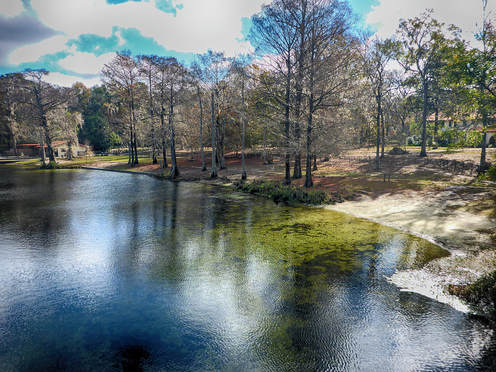
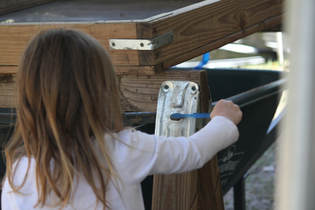
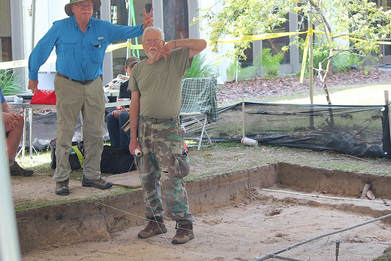
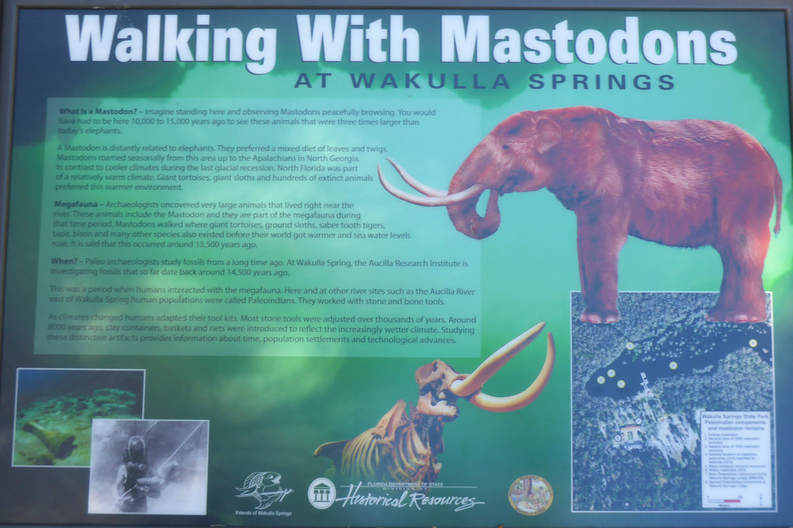
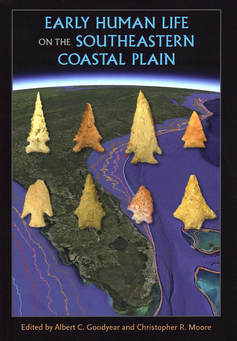
|
|
Natural and Cultural Resources of Jefferson County and the larger Big Bend Area of Florida (Combined BOCC Presentation)
This video focuses on unique aspects of the Aucilla River basin which includes tributaries such as the Wacissa River. The national Wetlands Inventory is also featured in a way that considers geologic and cultural time frames. The Cody Scarp, a magnificent break separating the uplands and coastal lowlands is perhaps most dramatic near the town of Wacissa. The scarp |
|
|
WKPP Team prepares for research support with ARI Team at Wakulla Springs 2018.
For more than 25 years, divers of the Woodville Karst Plain Project have been exploring, mapping, documenting and supporting ground breaking karst research within the Woodville Karst Plain south of Tallahassee, FL USA. Under special use permit from the State of Florida and utilizing technology suited for extreme depth, distance and duration, WKPP divers travel "Into the Source" to document the massive freshwater superhighway that is Wakulla Springs B-Tunnel.
|
|
The ARI website was funded in part by a grant from The Perkins Charitable Foundation. |
|